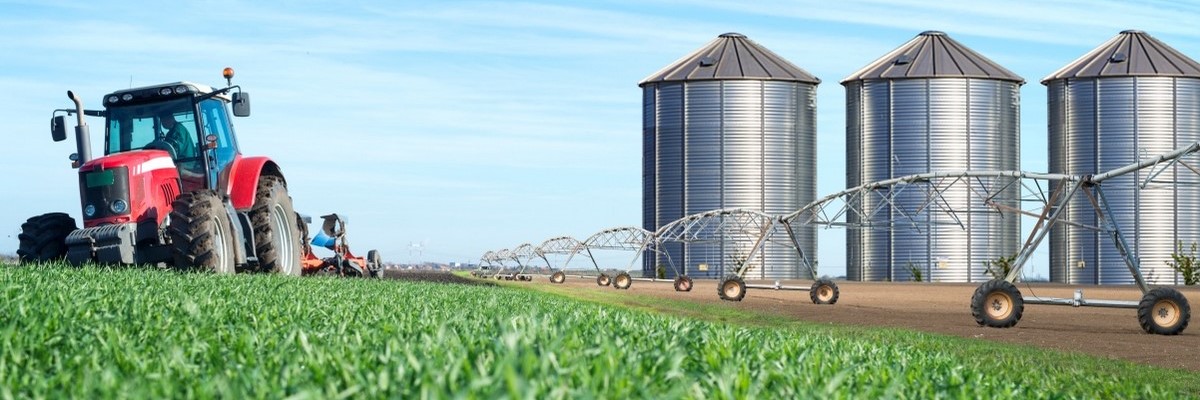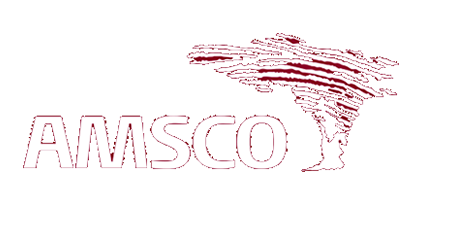
CHALLENGE
In the logic of the 2030 vision, the National Development Program (2017-2021), the Government of the Republic of Chad commits itself to a new option for its rural development. This option is based on the implementation of agropoles. Generally speaking, this project includes:
Define a planning and programming framework for activities that contribute to the development of agropoles in the Republic of Chad.
Identify the actors, resources, design the approach and the organisation and the operation of the agropoles.
Identify and make experts available for technical and managerial support; and of the actors in order to guarantee the desired levels of production, processing and marketing of the targeted products.
SOLUTION
At the end of the collection of information in the field and in the documentary review, the results obtained were articulated in three points in particular:
- The results by agropole
- The aggregated results at national level.
- The analysis, using econometric simulations, of the effects and impacts of the implementation of the agropoles.
We have defined the method of financing, the steering mechanism (regional unit, national coordination, budget, coordination mechanism), and the prospects for development. The impact study of the establishment of these agropoles enabled us to measure the repercussions on the following points:
- The balance of trade (increase in exports and reduction of imports)
- Food security (increased availability, reduced prices, reduction in the isolation of production areas).
- Employment (increased supply).
- Revenues (increase)
AMSCO’s intervention enabled the Chadian Government to obtain the support of its technical and financial partners, to have an effective strategy and an effective intervention chronogram for the creation of Agropoles from 2020.

